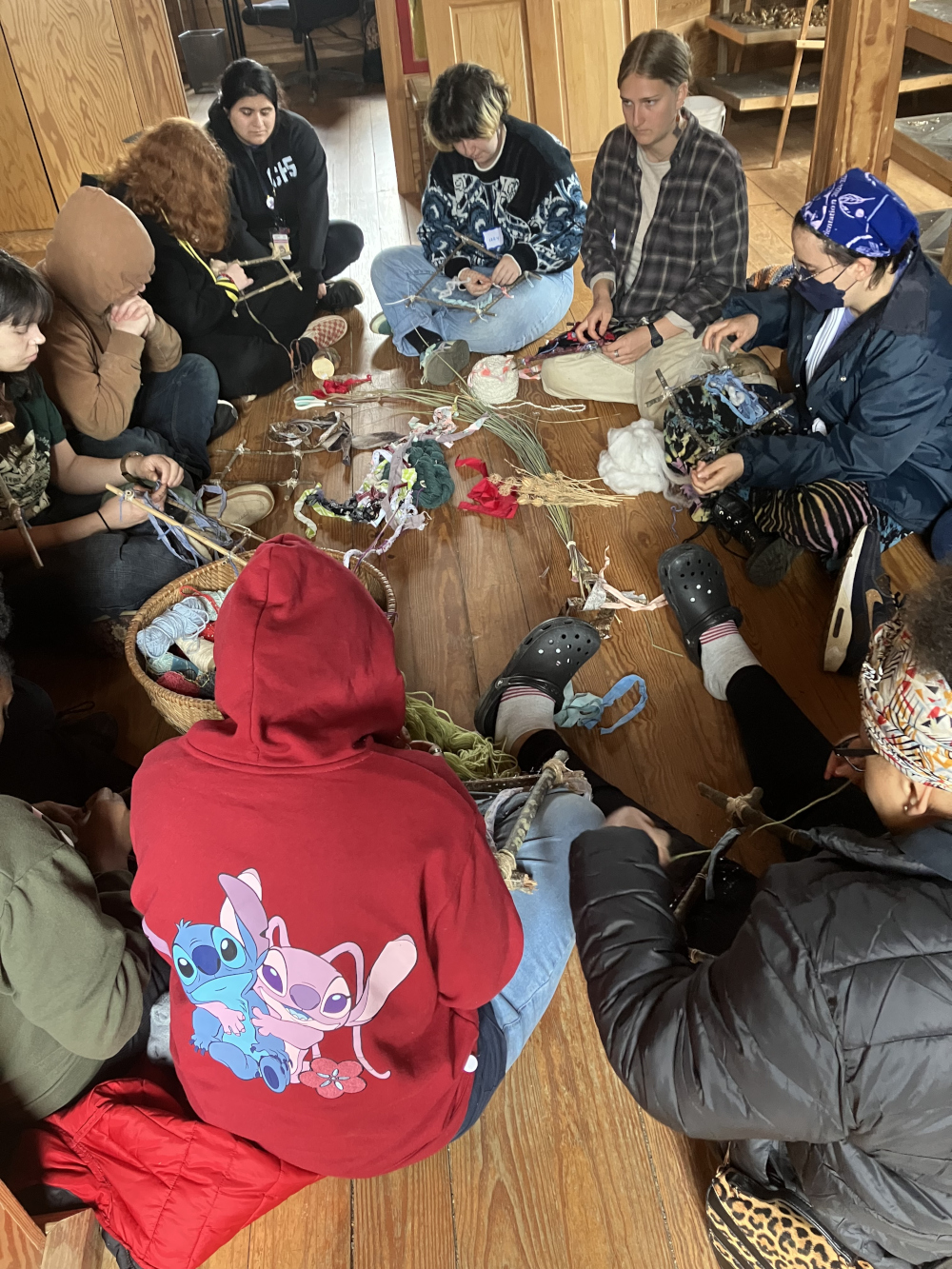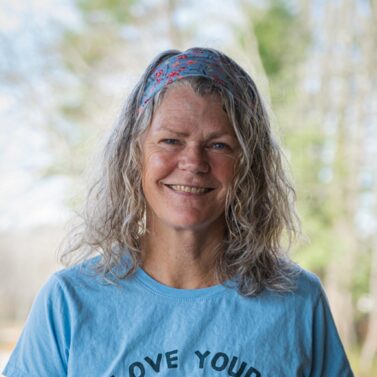In the mountains of Appalachian North Carolina, at the small liberal arts college where I teach environmental education, I’ve found myself helping students who struggled during the hours after the terrorist attacks on 9/11, the months of the pandemic, and the days after Hurricane Helene destroyed the region we call home.
None of those convulsions provided me with the tools I need to help young adults process the political callousness and cowardice on display in Washington, D.C., since the 2025 inauguration.
How could I help students focus on environmental conservation while our putative leaders scoffed at scientific research, demeaned world-class universities, and gave public lands to private interests — never mind gutted public health programs that have saved millions of lives and ordered the National Guard to Los Angeles as a form of police state?
With my neighbors, I wrote postcards to the White House (“You’re fired, Trump!”), called my elected officials daily, and joined the crowd of 2,500 outside a raucous town hall with Rep. Chuck Edwards. These small acts felt better than solitary doomscrolling, but I needed ways to restore faith in the institutions that the Trump administration had eviscerated in just a matter of months. My Environmental Studies students have invested in their education with goals of mitigating climate change, protecting habitat and wildlife, and contributing to the health of local communities. How could they accomplish any of that without a government that supported them?
We were already seeing the damage. This semester, several of my students had interviews scheduled with the U.S. Fish and Wildlife Service, but the government eliminated these positions following reckless budget cuts. Former students and friends lost their longstanding careers with the U.S. Forest Service and other conservation agencies.

Each morning, I walked into my classroom with dread after obsessing at night about the dismantling of systems designed to protect both people and places.
It got worse: During an alumni panel for one of my classes, a recent graduate named Billie described a nonprofit she’d founded, an outdoor education program for kids on the autism spectrum. “The hurricane derailed this idea,” she said. “So I moved closer to home. My advice is to prepare for your plans not to happen as planned.”
Her plans foiled, she looked for new connections: She described how she’d attended protests in her hometown, connected with mutual aid communities, and found work teaching at a nature school. It was late on a Tuesday afternoon in class, yet students leaned forward to listen to the alums.
That’s when it hit me. This was the place I needed to occupy: building coalitions where we live, in our community in the Swannanoa Valley, while advocating for the rights that we all deserve under our Constitution.
As the marine biologist and climate activist Ayana Elizabeth Johnson advises: “Find a home, a community, for your plant-protecting, life-sustaining work, and settle in for the long haul.”
The next afternoon, I drove my students a few miles to Community High School, an alternative school for teens who need additional support. On the road, we passed the legacy of the hurricane: debris piles as tall as buildings, gutted gas stations falling into the river, and flooded homes, empty like ghosts. More than six months after the floods killed 249 people and caused about $80 billion in property damage, this region remains in both distress and recovery.
We met with the high school students to design a field trip to bring our schools together to practice skills such as blacksmithing, farming, and fiber arts on our campus. When the day of the field trip arrived, the students from both schools shared a meal in the college cafeteria: “We were just eating and talking together,” one of my students later told me, “rather than living as separate groups with different backgrounds.”
That reminded me of something the writer Rebecca Solnit said: “In this emergency, I think it likely that we are going to need to pitch a very big tent and invite everyone in who doesn’t want to live in a dictatorship…”
We’re all affected by the unconstitutional actions of this authoritarian regime in Washington — and in these mountains, we all share a land shaped by floods, which deposited on our farm four feet of sediment from the river where rescue workers found bodies of those killed by a disaster made worse by climate change.
Our experience shows us that it takes a diversity of people working together to recover from disaster. The week of the field trip, students from other classes collaborated with college faculty and land managers, conservation agencies, and landowners to plant a total of 18,000 live stakes of willow and dogwood, dormant cuttings planted directly into the ground to stabilize the degraded banks of the Swannanoa River, caused by both flooding and remediation work by sub-contractors with the U.S. Army Corps of Engineers.
Our work in community grounds us in an unstable world.
As the Community High School students boarded the bus to return home, I thought back to the gathering of alums. One of my panelists, named Hannah, works at a camp in nearby Pisgah National Forest.
“When I get overwhelmed, I think about one action I can take every day, one task within my control,” she told us. We waited for some piece of wisdom amidst these chaotic times.
“What is it?” I asked.
“Well, I floss each night,” she said.
“That’s it?” I asked, surprised.
She nodded. “Small acts help us take care of ourselves, even as we fight the big fights.”
I turned to face my students, surprised to feel teary-eyed by this description of the mundane amid the unimaginable, this reminder of the need to care for ourselves when billionaires slashing government services didn’t seem to care at all.
As ordinary community members, we can advocate for each other and our love for the places where we live: I’m energized by the millions who joined the 1,300 protests April 5, from Opelika, Alabama, to Salt Lake City, Utah, and the thousands protesting in Los Angeles, California in June. I’ll join millions more across the country June 14 in the 1,800 protests planned for the “NO KINGS” Nationwide Day of Defiance and the (no doubt) many protests to follow.
As historian Heather Cox Richardson wrote, “People are wrong to say that we have no heroes left. Just as they have always been, they are all around us, choosing to do the right thing, no matter what.”
With people and places as a lifeline, we can avoid losing what we hold dearest and protect this country and our communities forever more.
I believe one thing to be true: We are stronger together. And we are not alone.
Previously in The Revelator:
Who Heals the Earth’s Healers? Ways to Avert Burnout for Environmental Advocates




